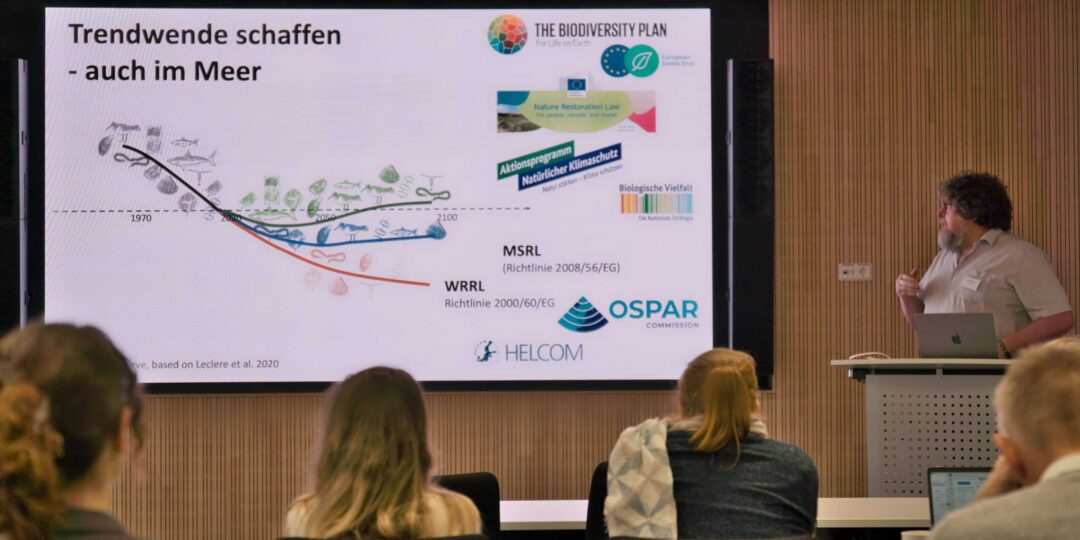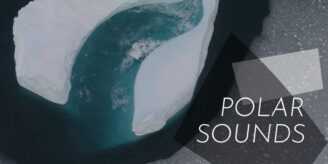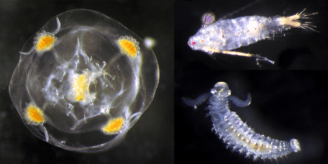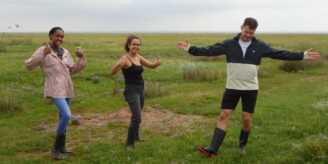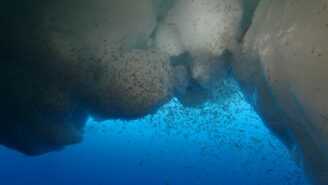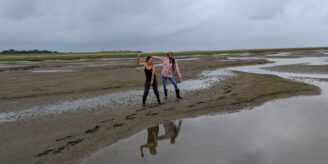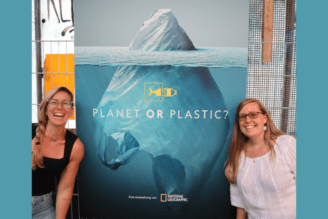From tooth fish to food webs, from molecular genetic tools to underwater acoustics: dive into our current research
Topics
“Faktencheck Artenvielfalt” – and then?
In October 2024 the first Germany wide biodiversity assessment “Faktencheck Artenvielfalt” was published. The HIFMB led the writing process of the chapter on status and changes of coastal and marine biodiversity, their drivers and consequences, as well as options and needs for action to improve its status. The assessment compiled information and data from numerous …
Did you know?
Unicellular plankton covers a size range that is comparable to the size difference between a small fish and a city like Oldenburg.
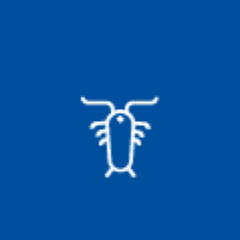
Polar Sounds: Remixing the Sounds of the Arctic and Antarctic Seas
Polar Sounds is an art-science collaboration in which sound artists from around the world were able to use 50 sound clips from the Arctic and Antarctic seas to create their own compositions. Nearly 300 artists from 45 countries applied for the opportunity to reinterpret these sounds.
Traces of Diversity
Every litre of seawater is full of genetic material from all kinds of different organisms. Biologist Silke Laakmann and her team are pioneering techniques that use these DNA traces to determine the biodiversity of marine communities.
Science Communication – Bridging the Gap Between Scientific Research and Policy Implementation
My summer spent at the Helmholtz Institute of Functional and Marine Biodiversity (HIFMB) has broadened my horizons and strengthened my research skills. The HIFMB allowed me to explore new areas of research and further develop my interests in advancing how we communicate complex scientific topics to the public.
Krill Faecal Pellets are More Efficiently Exported to Depth Than Salp Pellets
The Southern Ocean is one of the most important oceanic regions for uptake and storage of carbon dioxide (CO2) from the atmosphere. This uptake of CO2 is driven by faecal pellets produced by Antarctic krill (Euphausia superba) and salps (Salpa thompsoni), krill and salp poo, the most important macrozooplankton grazers in the Southern Ocean. Even …
Interdisciplinarity in Action: A Summer at the HIFMB
I was interested in coming to the HIFMB and becoming a part of the MARISCO project, to learn more about oceanic and interdisciplinary research as part of a summer Global Sustainability Scholars scheme. My coursework in environment and biology often mentioned the ocean, but it never went sufficiently into depth or breadth.
Oceans and Plastics Blog Series
Art-science collaborations and the ‘Ocean Decade’ – The United Nations (UN) Ocean Decade (2021-2030) is well under way. One of the primary aims in what the UN is calling a ‘revolution’, is to create an “inspiring and engaging ocean” where society understands and values the benefits of protecting the seas. However, asserting such universalising narratives are complex and never apolitical as there are many layers of communities who are often excluded from society.
